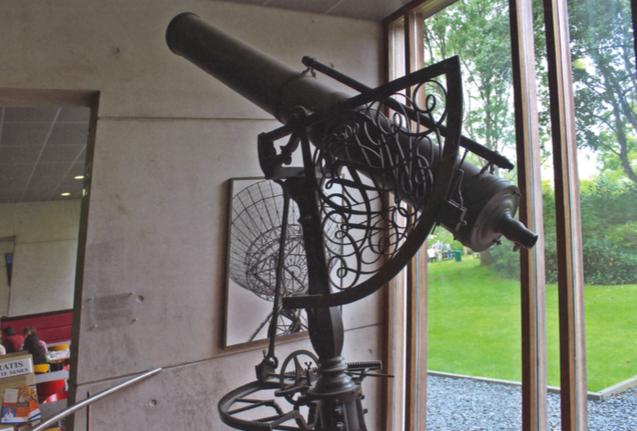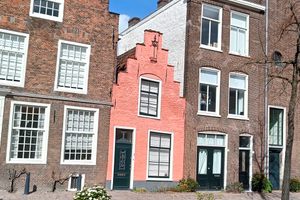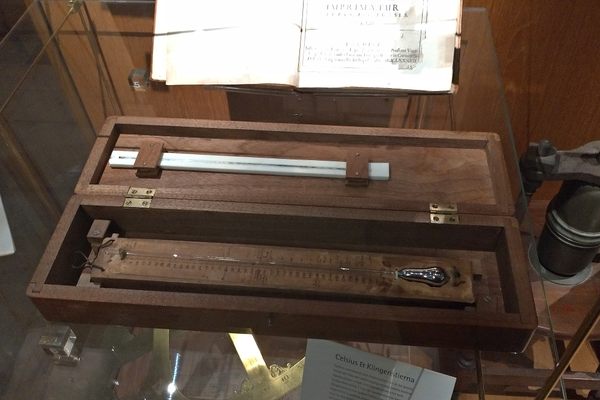About
The labs of the Jan Hendrik Oort building in Leiden University's physics and astronomy department are full of many modern wonders, while the halls are also peppered with antique and historical objects, from Einstein's Sink to Kamerlingh Onnes' Helium "liquefactor." But the first thing that you come across when entering the building will be the Van der Wall telescope.
This impressive-looking telescope is often described as a "cannon on a tripod" due to its sheer bulk and brass tube. In a way, it's strange that it is housed in this building and not a museum because it was once the largest telescope in the world. The telescope is estimated to date back to the 1750s and is known to have been built by the wealthy merchant and hobby astronomer Jacobus van der Wall. It has a mirror diameter of 23 centimeters and is said to have been very good for its time.
You would think that this state-of-the-art technology would have been instrumental to many important discoveries in the field, but unfortunately, this is not the case. Van der Wall was interested mainly in the technical aspect of telescopes and cared little for observing the sky. On top of that, he did not like to have nightly visitors, and hence very few professional astronomers looked through the instrument. The only confirmed account of anyone doing observations with the telescope is from the Danish astronomer Thomas Bugge in 1777. He described it in his journal and made a drawing of Saturn as seen through the telescope.
After Van der Wall's death in 1782, the telescope was donated to Leiden Observatory. At this point, it was no longer the world's largest telescope, as a larger one had been made in Britain, but it was still the largest in the Netherlands and very much usable for science. Unfortunately, at this time the observatory was led by Dionysus van de Wijnperse, a man who cared little for astronomy and focused mainly on mathematics. The observatory and its instruments crumbled under neglect and misuse until 1826 when Frederik Kaiser took over the observatory.
Unfortunately, this was too late for the Van der Wall telescope, as its mirror had completely rusted over and its joints lost all their nimbleness. Due to its sheer size and impressive stature, Kaiser and his successors decided to keep the telescope as an ornament. It is even said that the famous cosmologist and personal friend of Albert Einstein, Willem de Sitter, used this telescope as his personal coat hanger and hat stand. In 1997 the telescope was moved to its current location in the Oort building, where it stands to this day.
Related Tags
Know Before You Go
The telescope is right next to the north entrance of the Oort building. During office hours (from 9 a.m. to 5 p.m.) it is freely accessible, and outside of these hours, you can look at it thorough the glass. Make sure to visit Einstein's Sink during your visit, as it's only a few feet away.
Published
October 3, 2018
Sources
- https://books.google.se/books?id=-WlYAAAAYAAJ&pg=PA9&lpg=PA9&dq=%22van+de+wal%22+teleskoop+leiden&source=bl&ots=aNjC-ipy3y&sig=LDrRwiAa_Ep_rP2IzJzS0MVIXeU&hl=en&sa=X&ved=2ahUKEwjq57T_4OTdAhXStYsKHcQMAvsQ6AEwAnoECAcQAQ#v=onepage&q=%22van%20de%20wal%22%20teleskoop%20leiden&f=false
- http://pietrow.net/files/vdwal.pdf





























